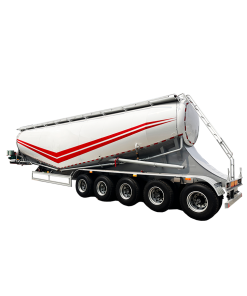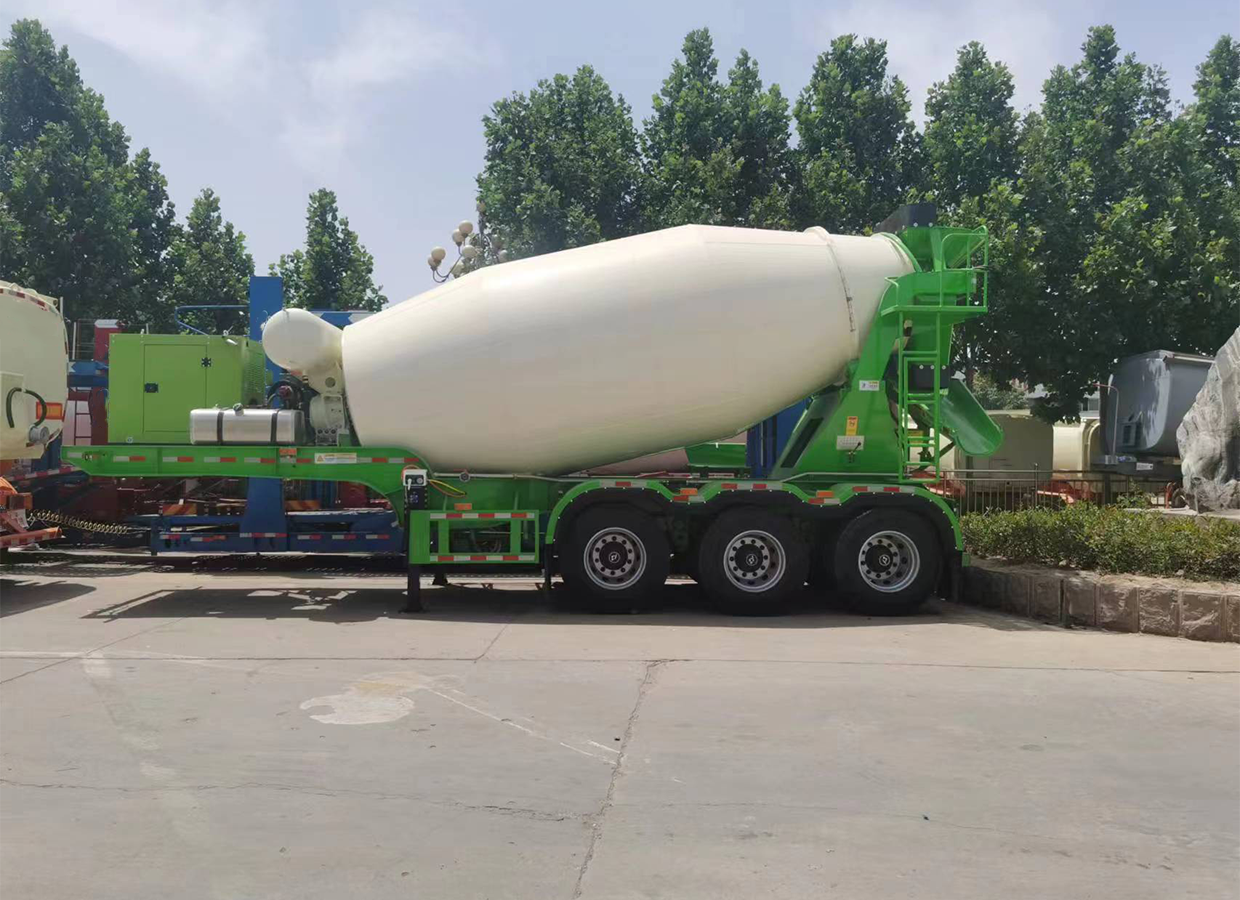Unique Design
These trailers are specially designed and manufactured to meet the needs of high-volume cement transportation. They are engineered to handle heavy-duty and high-volume transport tasks.
Tank Structure
The tank usually has a cylindrical or conical structure and can accommodate a large amount of bulk cement. The smooth surface on the inside ensures smooth unloading of cement.
Discharge Unit
Cement trailers are usually equipped with one or more discharge ports, which are the exit points of the unit from which cement is released. The discharge port is usually located on the bottom or side of the trailer, depending on the design and model. Additionally, most cement trailers use pneumatic or hydraulic systems to control the unloading process. These systems typically include a supply of compressed air or hydraulic fluid to propel the cement out of the tank.
Durability
Since hauling tasks often involve heavy loads, these trailers are often equipped with wear-resistant tires and high-performance braking systems to ensure safety and durability.
Environmental Protection
Given that cement transportation may produce dust, cement trailers usually take measures to reduce the generation and leakage of dust to meet environmental protection and health standards.









